August often gets a bad rap. The breeding season is essentially home and hosed. Areas bursting with song merely weeks ago have turned eerily quiet. The rush of peak migration is still a way off. The month is by no means bountiful for rarities – indeed, some say the British Birdwatching Fair at Rutland Water takes place in August because it's considered the quietest time of the year. In fact, unless the weather lines up some decent seawatching, or if you happen to live near a wader hotspot, August can masquerade as a late summer lull. This isn't necessarily always the case, though.
There's something about August – particularly the middle to end of the month – that makes it great. A wonderful cocktail of summer and autumn: sunny, warm weather which can turn in a flash; misty, dewy mornings and the first whiffs of ripening fruit. It's as if the perks of summer are waving you goodbye as the thrills of autumn are beckoning you in. Certainly for the inland patcher, this feeling of change is reflected in the bird activity during August – it's probably the most exciting and productive month of the year to be out and about.
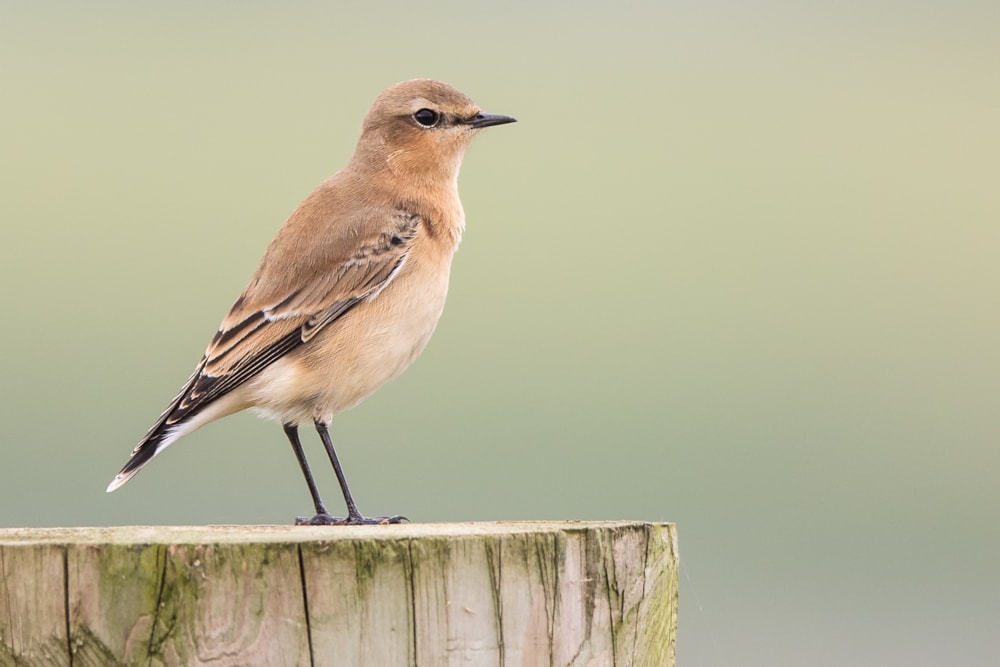
Northern Wheatear is a conspicuous migrant wherever it appears and is typically seen perched on fence posts (Phil Gower).
Post-breeding dispersal means species, whether of regional scarcity or merely locally surprising, can appear anywhere. Normally, Northern Wheatears, Western Yellow Wagtails and Whinchats popping up on a never-previously examined fenceline lead the way, but from mid-month any marginal piece of countryside habitat can produce more exciting species, such as a Black Redstart or Pied Flycatcher. The latter can of course latch on to roving tit and warbler flocks, themselves symptomatic of this time of year. These mixed squadrons always trigger intrigue and anticipation. Normally a lemon-yellow juvenile Willow Warbler or two will be dug out, but why not a Firecrest, Wood Warbler or even something rarer?
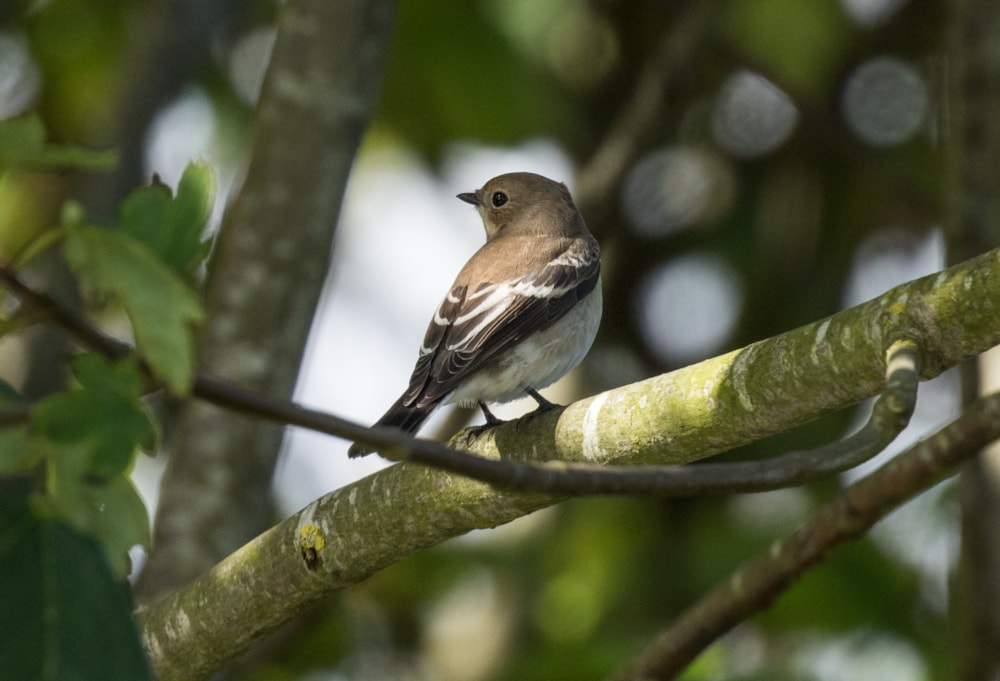
Pied Flycatcher is a perennial treat for the inland patcher and can pitch up anywhere – among the dense canopy of a woodland copse, like this bird, or along open fencelines or hedgerows (Tim Marshall).
Unusual warblers should always be on the radar in August – a juvenile Barred Warbler trapped and ringed at the aforementioned Rutland Water on 31 August 2018 is demonstrative of this, while no fewer than 176 Greenish Warblers were logged in Britain in August prior to the species' demotion as a BBRC rarity in 2005. The best chance of finding either of the 'standard scarce' Hippolais pair (Icterine or Melodious) comes from the middle of the month, along with perhaps the most classic August species (and now a rarity to boot): Aquatic Warbler.
Those, of course, are lofty goals. The sudden appearance of a family party of Spotted Flycatchers noisily zitting about their business, far from any known breeding population, will stop you in your tracks. So too will that delight of the 'vis-migger' – the shpiz of a migrant Tree Pipit – as it bounds south, heading for lands far away. Fruitful vis-mig recommences during August, depending on where you're based.
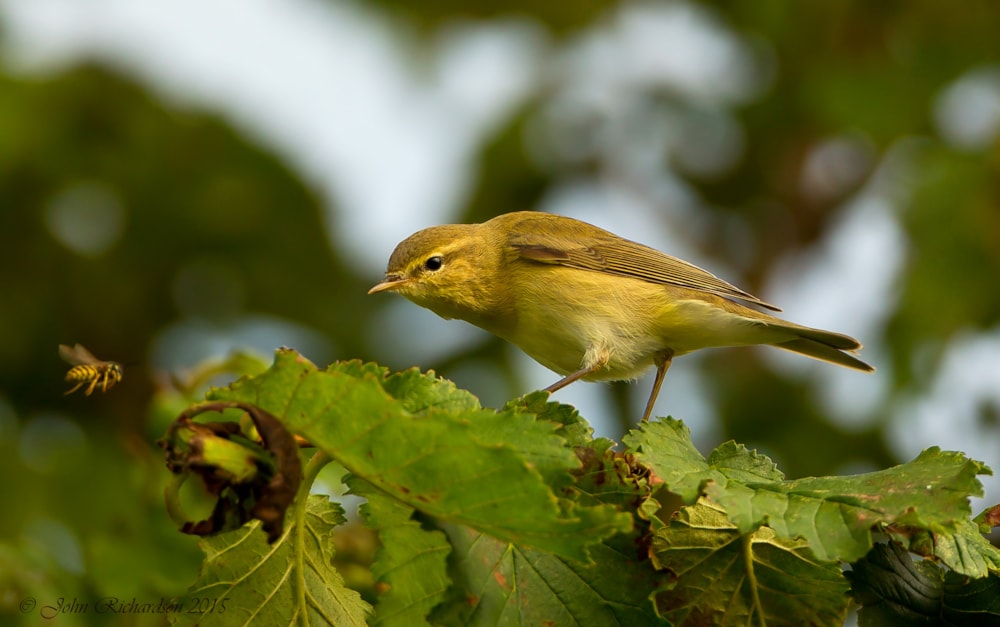
August is prime time to observe and enjoy even the commonest migrants, such as lemon-yellow juvenile Willow Warblers (John Richardson).
Hirundines can begin to depart in dribs and drabs, though they largely collect and loiter in August – mixed flocks of thousands swirl over reservoirs or sewage farms, with perhaps a juvenile Eurasian Hobby disturbing the scene, learning the tricks of the trade before its first mighty migration, or the last Common Swift of the year dashing about as it tries to blend in.
Late August is always good for migrant raptors, not least European Honey Buzzard. With youngsters fledging the nest in the early and middle parts of the month, they will likely stay until September, but can wander around. Adults will get going, though, and this month and early September must be the best time of year to pick one up on your local patch. Western Ospreys are also moving and again August is a great time for one to move through at your local lake, reservoir or estuary.
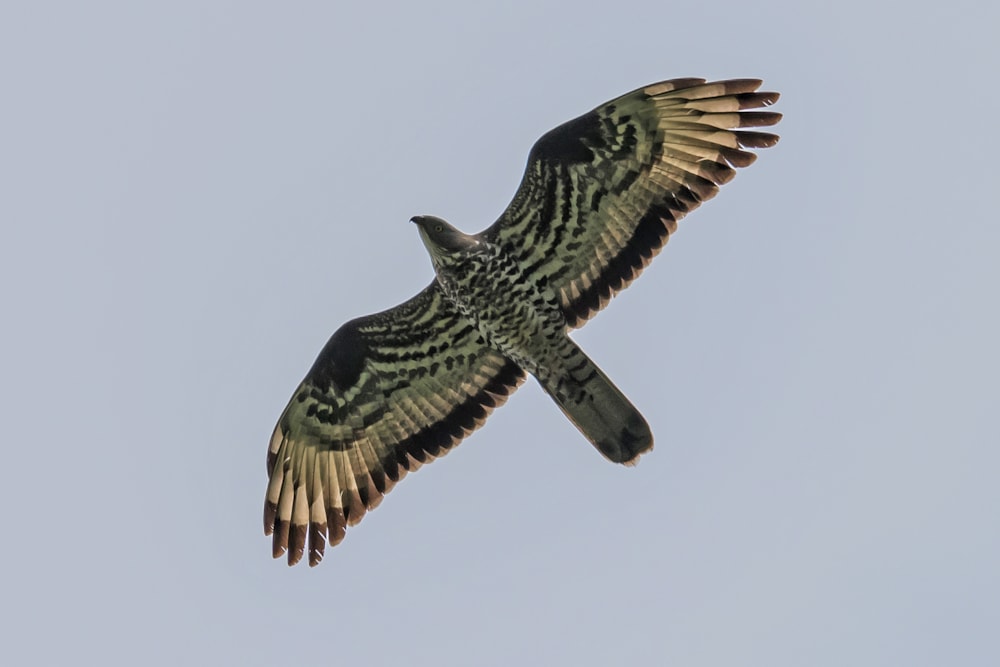
The second half of August is the optimum time for a southbound adult European Honey Buzzard just about anywhere (Andy Thompson).
Wader passage is a widely celebrated August highlight. If your patch is a coastal hotspot, you'll probably be secretly hoping for a rarity, or at least a Pectoral Sandpiper, but potentially settling for a Curlew Sandpiper or Spotted Redshank. If you watch a reservoir or inland wetland, the bar is lowered – perhaps the latter two species would equate to a coastal rarity, with the odd Ruddy Turnstone or Wood Sandpiper a more than satisfactory return. For those areas devoid of water, August is the time for a bit of magic anywhere – whether it be an unfussy Green Sandpiper alighting in a puddle or a flock of Whimbrel dodging showers and passing by low enough to be seen.
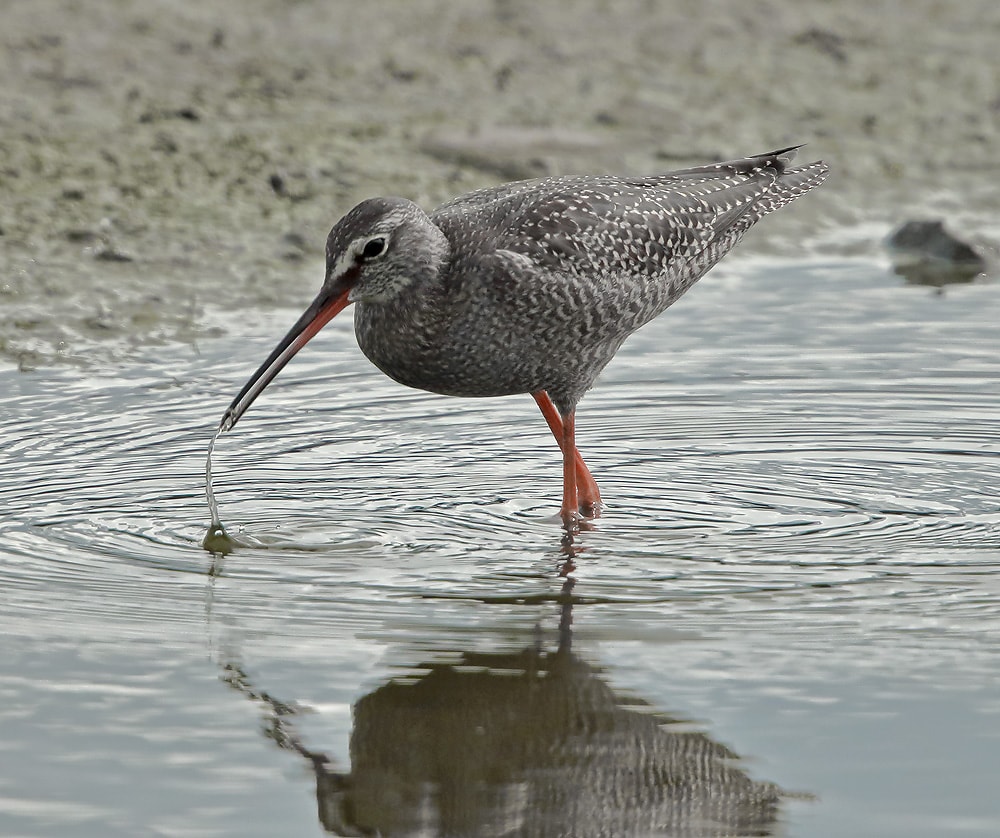
Spotted Redshank is an increasingly scarce bird in Britain and Ireland. August offers the best period in which to see pristine juveniles like this one (Bob Garrett).
August is perhaps the busiest time of year for nocturnal wader migration. We've all been awoken by a yelping Eurasian Oystercatcher, heard a Common Sandpiper hurrying over a pub garden, or similar. A recent phenomenon of this time of year is the nocturnal movement of Ortolan Buntings – of the 20 British 'noc-mig' Ortolans listed on Trektellen, 12 came between the dates of 23 and 30 August. Of course, late August is optimum time to see this species in the day, too, especially during periods of easterly winds.
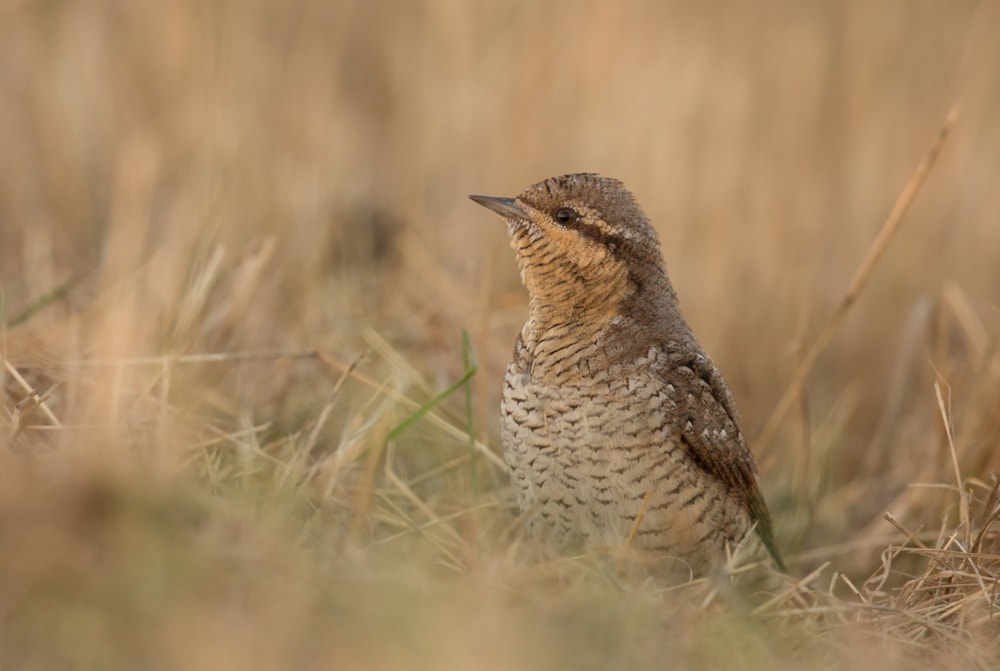
Wrynecks turn up just about anywhere in late August and are often first found as they flush unobtrusively from paths, gardens or field edges (Harry Read).
Eurasian Wryneck is another classic late August species on the back of easterlies. Coastal sites are the best bet, but the species has a habit of turning up anywhere – individuals cast themselves into local folklore when they turn up in inland gardens, disused orchards or scrubby commons. Red-backed Shrike is another species that begins to be recorded more as the month ends. Of course, many other scarce and rare birds do too as the autumn moves into gear and memories of summer ebb away.
The thrill of peak autumn birding is probably the annual highlight for most birders, but we must never neglect the true meeting of seasons that August brings, along with its almost endless list of possibilities, no matter where you're birding.


